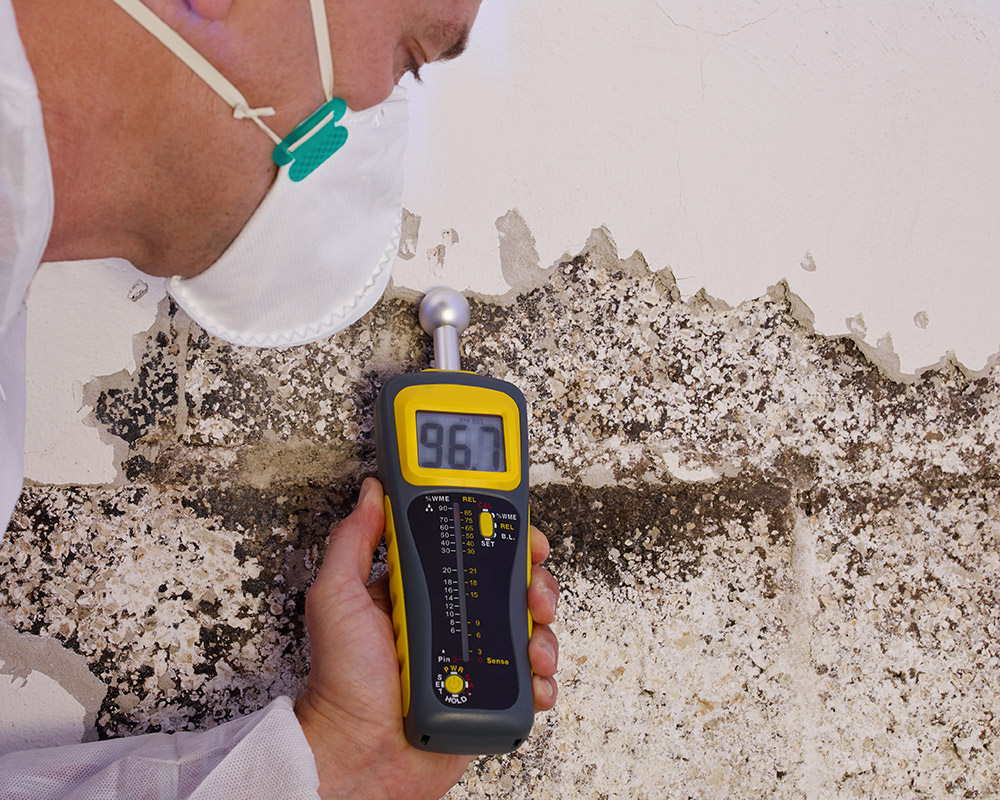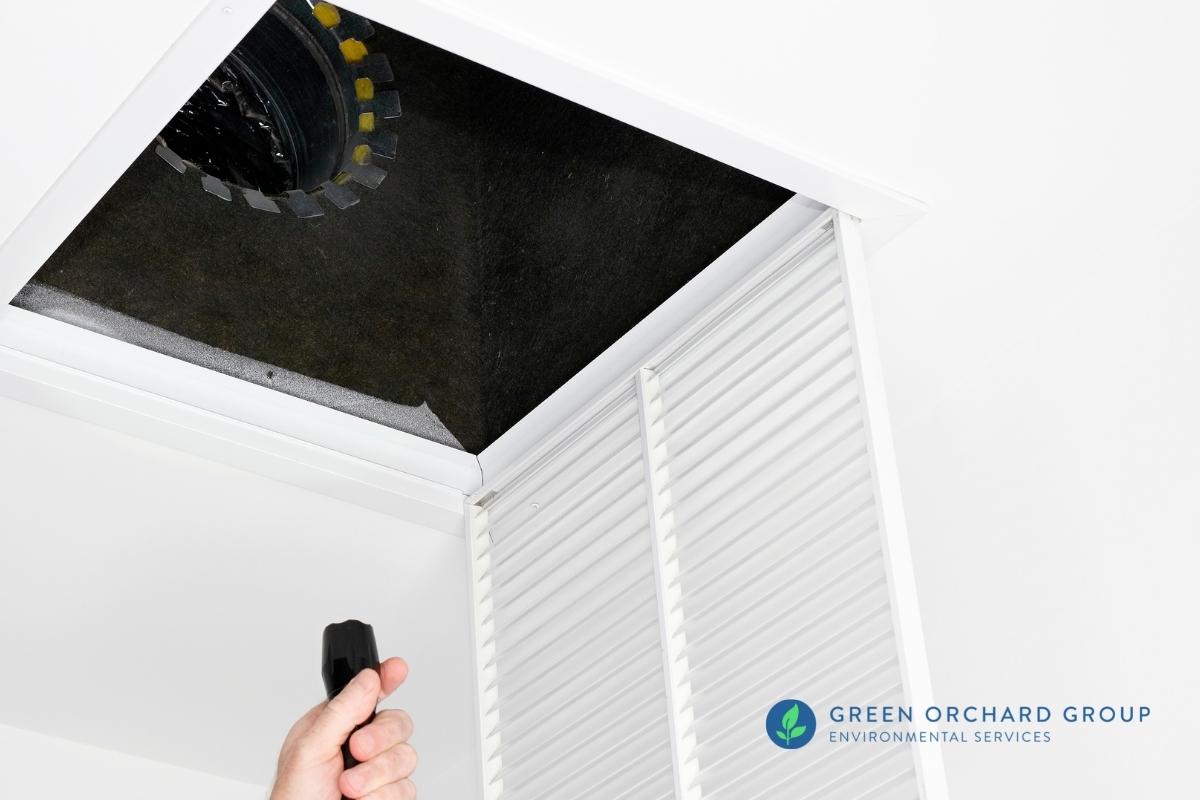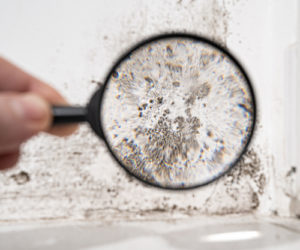Assistance on What to Do After Mold Remediation
Assistance on What to Do After Mold Remediation
Blog Article
Your Ultimate Overview to Post Mold Remediation Methods
Browsing the realm of post-mold remediation techniques is a careful process that demands attention to detail and an extensive understanding of the complexities included. In the consequences of mold and mildew infestation, knowing just how to successfully eliminate the mold and stop its reoccurrence is extremely important for keeping a healthy interior setting. From picking the best cleaning and decontaminating methods to applying methods for long-term mold prevention, each step in the remediation journey plays a critical function in guaranteeing a successful result. As we begin on this exploration of post-mold removal methods, we will certainly reveal the crucial techniques and ideal methods that can help you recover your space to its pre-mold problem and secure it against future mold threats.
Recognizing Post-Mold Remediation Refine
After finishing the mold and mildew remediation procedure, it is critical to recognize the post-mold removal techniques that are essential to make sure a effective and detailed clean-up. As soon as the mold has actually been eliminated, the following step involves cleansing and sanitizing the influenced areas to prevent any kind of regrowth of mold.
Furthermore, carrying out a final examination post-remediation is crucial to ensure that all mold and mildew has been effectively eliminated. This examination ought to include a complete visual check along with possibly air sampling to verify the absence of mold and mildew spores in the air. Extra removal might be required if the examination reveals any remaining mold and mildew. Informing occupants on preventive steps such as managing wetness degrees and without delay dealing with any type of water leaks can assist preserve a mold-free setting.
Effective Cleaning Up and Sanitizing Techniques

Protecting Against Future Mold And Mildew Growth

Significance of Correct Air Flow
Proper air flow plays an important function in avoiding moisture build-up, a crucial official statement element in mold and mildew growth within indoor atmospheres. Effective ventilation systems assist remove excess moisture from the air, decreasing the opportunities of mold spores discovering the moisture they require to spread out and germinate. Without ample ventilation, interior areas can become a reproduction ground for mold, causing potential wellness dangers and architectural damage.
By making certain proper air blood circulation, air flow systems can additionally assist in drying damp areas a lot more swiftly after water damages or flooding cases, even more deterring mold and mildew growth. what to do after mold remediation. Precede like shower rooms, attic rooms, cellars, and cooking areas where dampness degrees have a tendency to be greater, setting up and keeping reliable air flow systems is important in preventing mold infestations

Monitoring and Upkeep Tips
Offered the critical duty that correct ventilation plays in avoiding mold and mildew development, it is important to establish reliable tracking and maintenance ideas to make sure the continued functionality of air flow systems. Routine inspections of air flow systems ought to be conducted to look for any type of signs of obstructions, leaks, or malfunctions that can restrain proper air movement. Surveillance moisture levels within the home is also critical, as high humidity can add to mold and mildew growth. Mounting a hygrometer can help track moisture degrees and sharp property owners to any kind of spikes that may need focus. Furthermore, making sure that air filters are regularly cleaned up or changed is vital for keeping the performance of the ventilation system. Applying a schedule for routine upkeep tasks, such as duct cleaning and cooling and heating system evaluations, can aid protect against problems before they escalate. By staying aggressive and attentive to the condition of ventilation systems, homeowner can successfully minimize the risk of mold regrowth and preserve a healthy and balanced interior setting.
Verdict
Finally, post-mold remediation visit their website techniques are important for guaranteeing a clean and safe atmosphere. Understanding the procedure, applying effective cleaning and decontaminating techniques, avoiding future mold development, maintaining proper air flow, and routine monitoring are all critical action in the removal procedure. By following these guidelines, you can efficiently remove mold and mildew and avoid its return, promoting a healthy and balanced living or working area for all residents.
In the aftermath of mold and mildew infestation, recognizing how to effectively remove the mold and prevent its reoccurrence is extremely check my source important for maintaining a healthy indoor setting. Once the mold and mildew has been eliminated, the following action includes cleansing and sanitizing the affected areas to prevent any regrowth of mold and mildew - what to do after mold remediation. After removing noticeable mold and mildew development, it is important to clean all surface areas in the damaged area to get rid of any type of continuing to be mold spores. To additionally boost mold and mildew prevention measures, it is necessary to address underlying issues that at first led to mold and mildew growth.Offered the crucial function that appropriate air flow plays in preventing mold development, it is necessary to develop reliable monitoring and maintenance tips to make certain the ongoing performance of air flow systems
Report this page